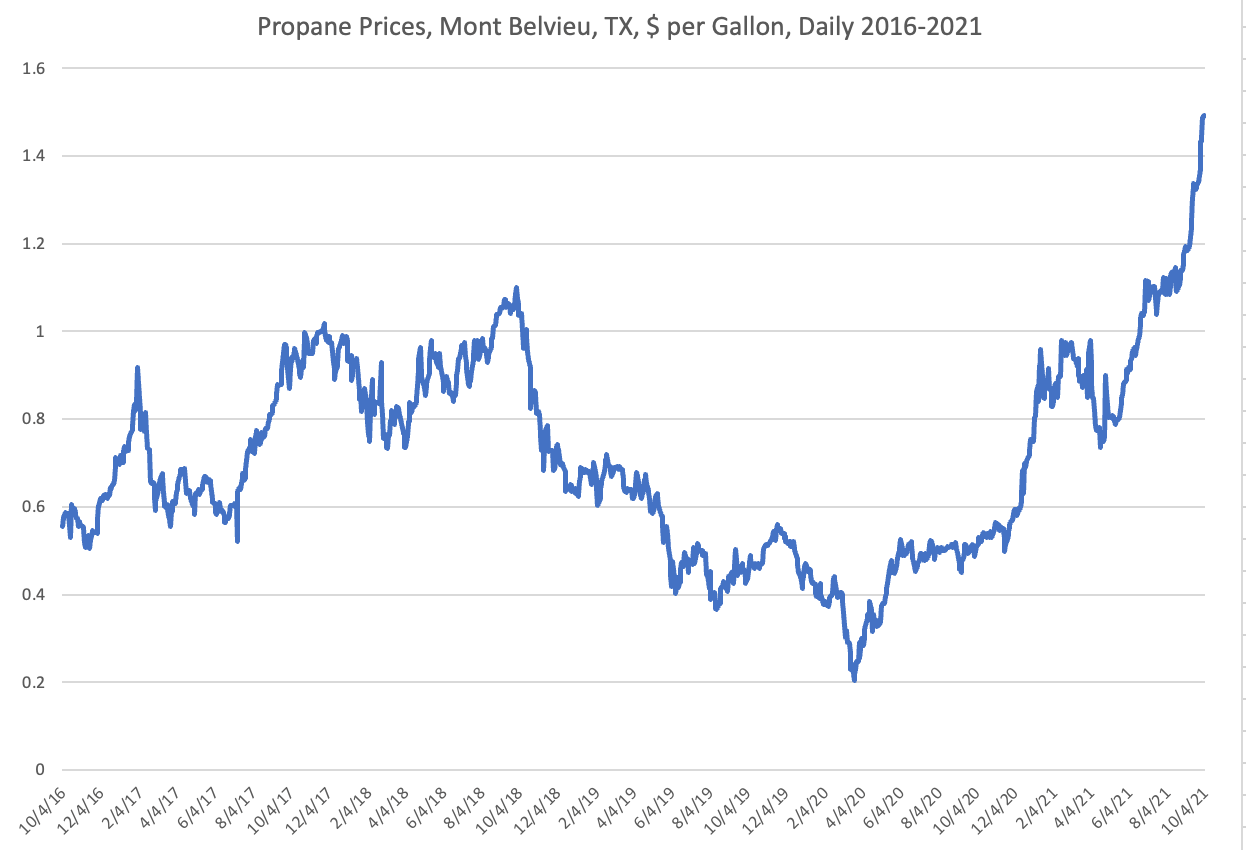The cost of solar systems has been decreasing rapidly over the past 10 years, making it an attractive option for poultry growers across the U.S. seeking to counteract rising electricity costs. However, it is imperative that growers understand how a typical contract pays them back for their solar investment. The key points are how much electricity a system produces and the value of that electricity to the farm.
Barring other restrictions, the maximum sized solar generation system utility companies typically allow a customer to install and connect to their grid is one with solar production capacity equal to the customer’s normal annual usage. Many solar installers will use this basic design logic to sell a customer a large system claiming they are going to offset 100% of the power bill. That claim will likely not be true for a poultry grower because the variable usage pattern of poultry production. The chart illustrates an example electric usage pattern of a poultry farm vs. the solar production potential of varying sized systems (100%, 50%, and 30% of annual usage). The highly variable usage pattern results in a lot of excess solar energy produced that is not being used by equipment on the farm but is put back on the grid. The realized value of the excess solar energy is highly variable across utility companies and for many growers in southeastern states, they will be compensated for it at rates much lower than retail.
To further examine how this scenario works out for contract poultry growers, a recent study was published in the Journal of American Society of Farm Managers and Rural Appraisers that examines how the variable power usage of broiler farms interacts with solar production and the resulting effect on the profitability of various solar system scenarios such as system size, location, and electricity rates. The study showed that under a simple net billing arrangement, where excess solar is valued at close to wholesale rates by the utility company, maximizing system size to match annual usage was not the most profitable, and in fact could be a losing proposition. The study also showed the impact of cost-share and tax credit incentives on profitability. The full study can be found here: https://higherlogicdownload.s3.amazonaws.com/ASFMRA/aeb240ec-5d8f-447f-80ff-3c90f13db621/UploadedImages/Journal/2022/SolarSystemProfitability_2022Journal.pdf

Brothers, Dennis. “Can Solar Panels Improve Contract Poultry Farm Profitability?“. Southern Ag Today 2(27.3). June 29, 2022. Permalink





